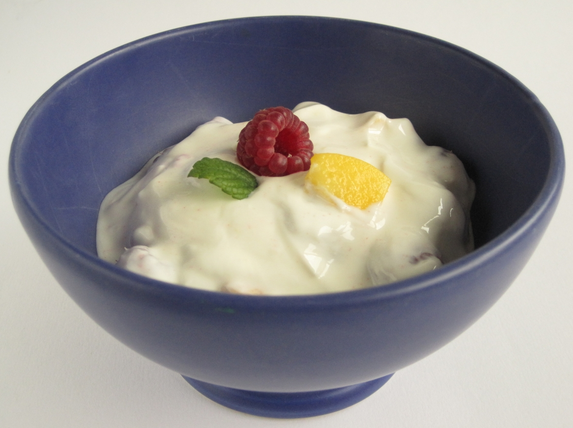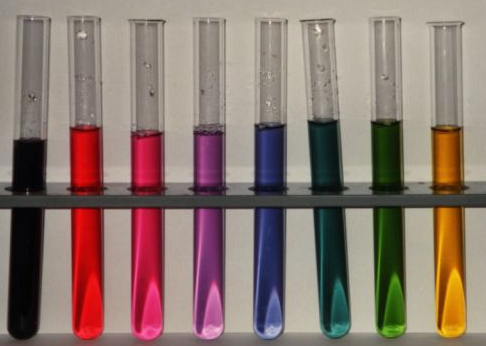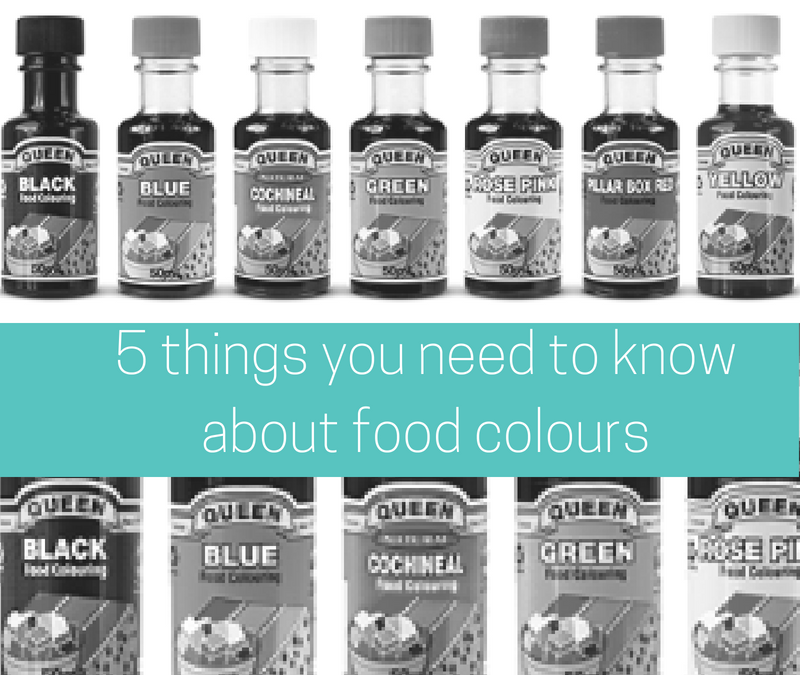What do you need to know?
1. Food colours are often added to products as inferior ingredients are used.
Food colours are used to make the final product more appealing and real.
My favourite example is yoghurt. Yoghurts made with inferior ingredients, will use food colour to make the product look creamier and more real.
Real yoghurt, using real ingredients, doesn’t require any food colour!

2. There isn’t an acceptable daily intake set for children.
You will often find that food colours are most prolific in children’s foods.
If you compare the dosage our kids are receiving in relation to their weight, they are receiving a much higher dose than intended.

3. Additives are normally only tested in isolation.
If you review any processed foods ingredients labels (as I do on a daily basis) you will see that there is often more than one food colour listed together with many other additives.
Independent research conducted by the University of Liverpool released results in December 2005, announcing that combinations of additives are potentially more toxic than might be predicted from the sum of their individual compounds.
Until there is further independent research, we have no idea how these individual additives react with each other, or the long term implications on our children.
Additives are not tested for effects such as hyperactivity, behavioural and learning impacts.
4. The European Union has mandated that a warning must be placed on any food and drink that contains any of the following six artificial food colours^:
sunset yellow FCF (E110)
quinoline yellow (E104)
carmoisine (E122)
allura red (E129)
tartrazine (E102)
ponceau 4R (E124)
The warning must state: “may have an adverse effect on activity and attention in children.”
5. I hear you asking, why has the European Union mandated these warnings? What are the potential effects of these food colours*?
The list is extensive:
– asthma
– hyperactivity
– skin ailments (rash / hives)
– behavioural problems
– headaches
– insomnia
– learning difficulties
I have seen first hand, with my five children the impact food colours have on them. The effects on my children (and myself) included asthma, skin ailments, behavioural problems, insomnia and headaches. With the removal of these food colours (and other additives) these ailments have disappeared.
Should Food Standards Australia New Zealand (FSANZ) mandate similar warnings?
It will be a moot point whether Food Standards Australia New Zealand continues to allow these additives in our food. As more people are made aware of the potential impact of these additives, consumers will choose products without these food colours. They will vote with their dollar.
This action by consumers will hurt the manufacturer’s bottom line and manufacturer’s will reformulate their products when they realise they are losing market share to natural / real products. There is a massive movement happening in the United States currently with a huge number of additives being removed from many popular food chain menus….it will happen here in Australia too!
What should you do?
Whilst food colours may not affect everybody, I recommend that if your children suffer from any of the ailments listed above, it is worth trialling the removal of these food colours from your diet to see if any improvements are noticed. You have nothing to lose!
Most people don’t know where to start, it is a daunting concept. Join our Additive Free Kids Community Group for all the support you need.
^ https://www.food.gov.uk/science/additives/foodcolours
* The Chemical Maze, Bill Statham
Are you looking for support on your Additive Free Journey
Have you joined our Additive Free Kids Community email list? Receive support, latest news, product reviews, giveaways and more delivered straight to your inbox



 My passion and mission is to work with families to reduce the overwhelm when going additive free. Moving to additive free living can bring back peace, calm and joy to families. I know it's possible and I've experienced it first hand with my 5 boys.
My passion and mission is to work with families to reduce the overwhelm when going additive free. Moving to additive free living can bring back peace, calm and joy to families. I know it's possible and I've experienced it first hand with my 5 boys.



